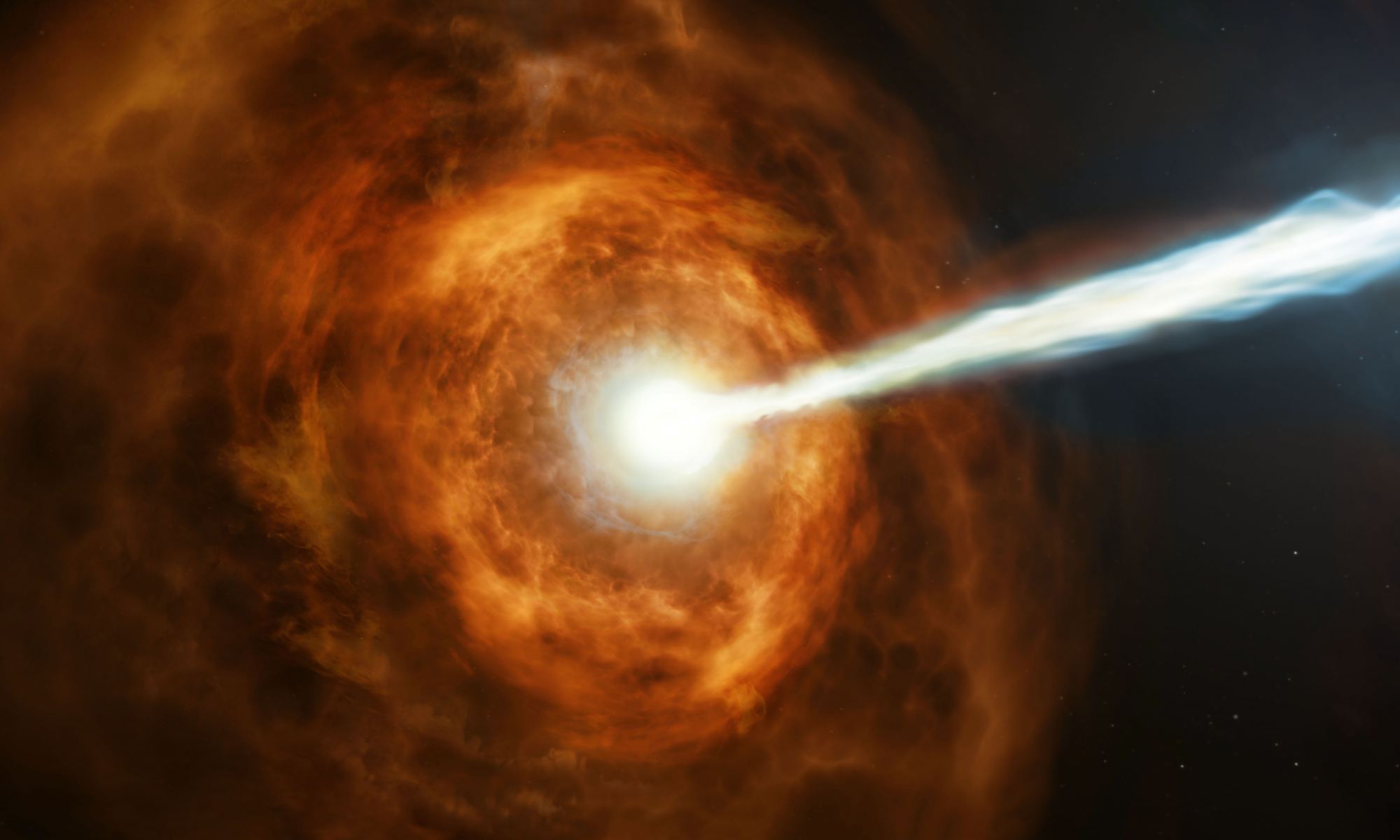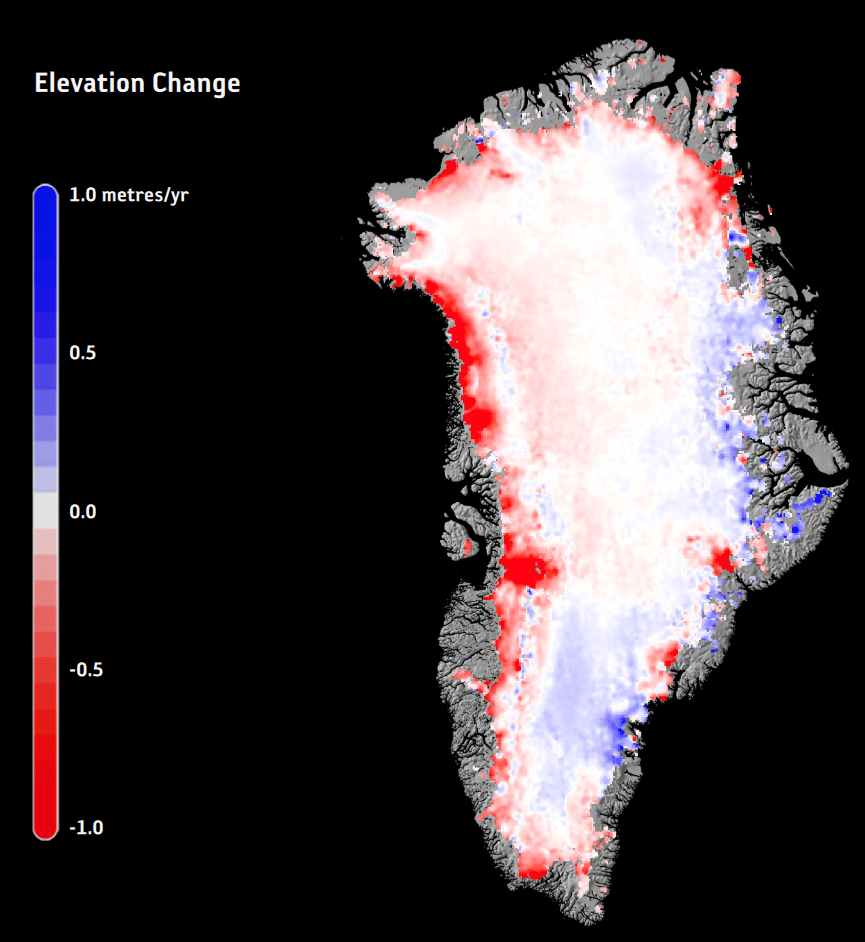Being trapped in space sounds like the stuff of nightmares. Astronauts on board the International Space Station have on occasion, had their return delayed by weather or equipment malfunction. We find ourselves again, watching and waiting as two astronauts; Juni Williams and Butch Wilmore have been stuck for months instead of their week long mission. The delays came as the Starliner system required fixes to be implemented. NASA successfully fired up 27 of its 28 thrusters in a hot-firing test and now, ground teams are preparing finally, to bring them home.
Continue reading “Starliner Successfully Fires its Thrusters, Preparing to Return to Earth”Starliner Successfully Fires its Thrusters, Preparing to Return to Earth










